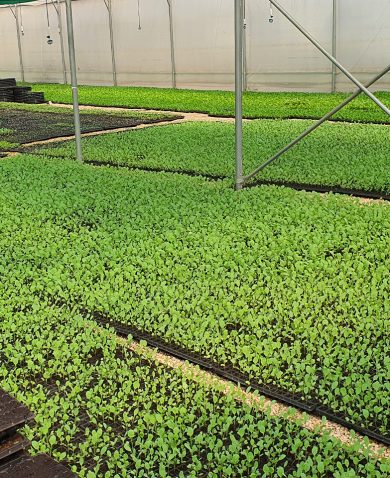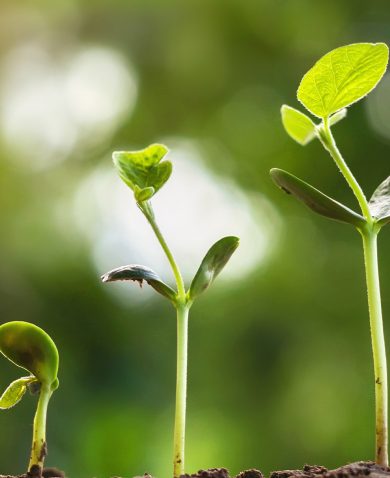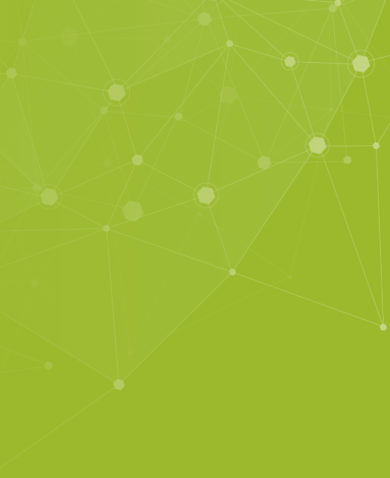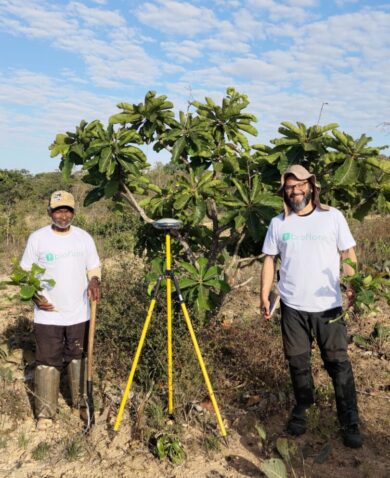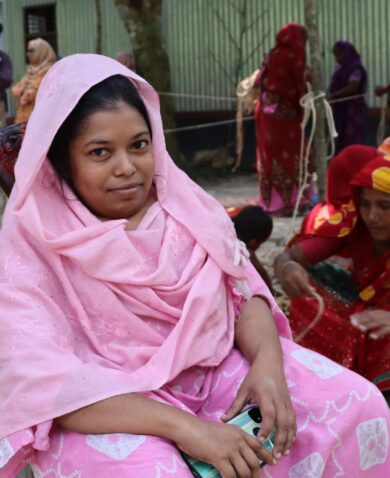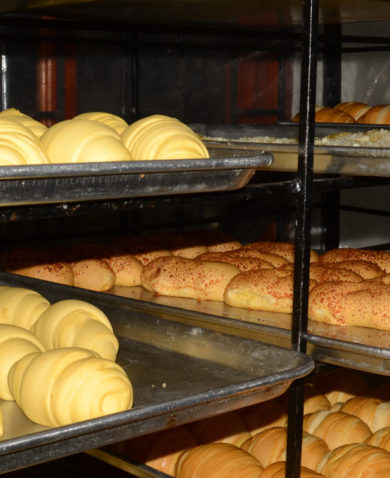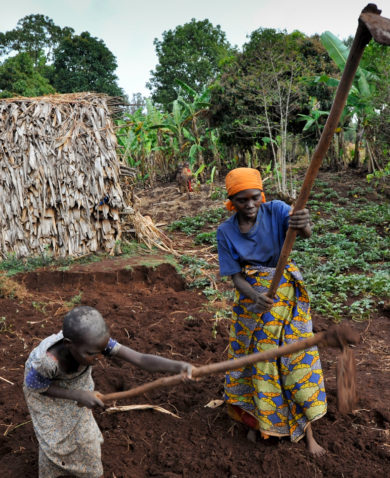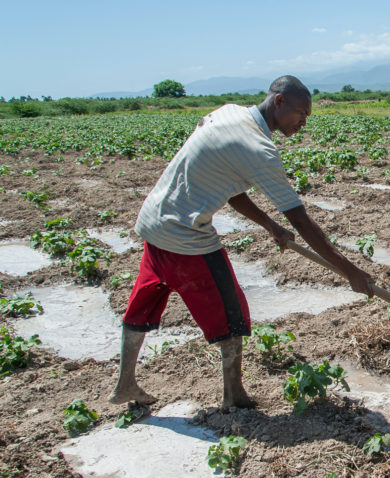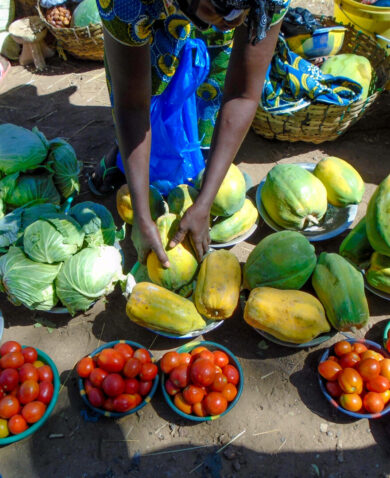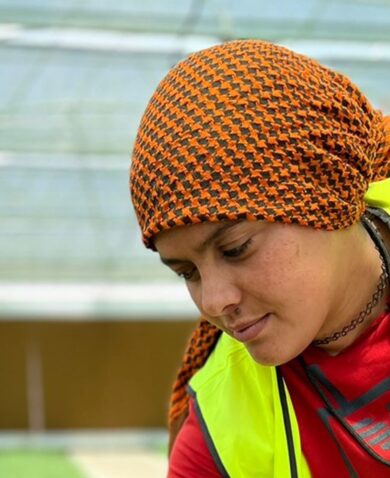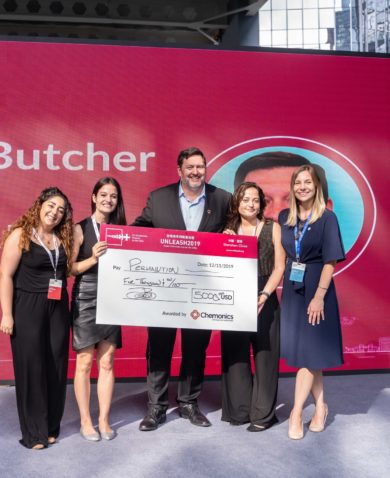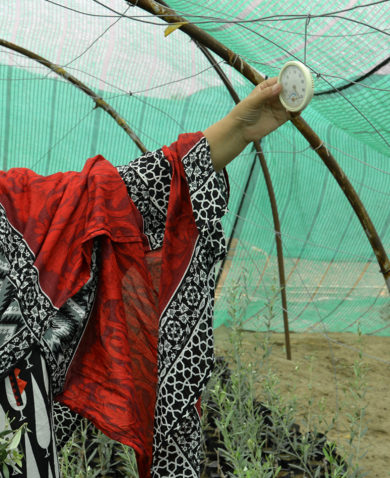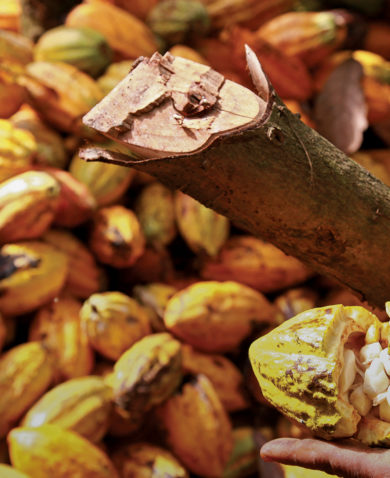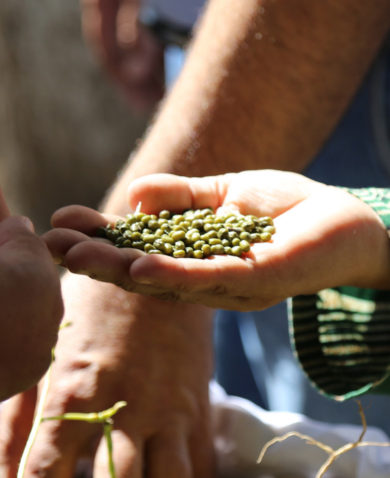
A Day in the Life of Grace: Food Security and Nutrition in a Rapidly Urbanizing Africa
March 27, 2017 | 3 Minute ReadUrban food consumption may be a $1 trillion market opportunity by 2030. How can local entrepreneurs meet the needs of these consumers?
It’s 7:30 p.m. on a typical Tuesday evening in Kampala, Uganda, and Grace Kagawa is rushing to her small home in the Bwaise slum. After an 11-hour day working as a street sweeper downtown, and with little time and space to prepare the evening meal in her single-room home, the options for nourishing her two children are limited. Although Grace’s income sets her family above the poverty line, it is still a struggle to afford adequate, nutritious food. Food prices have risen due to drought, and food costs compete with other essentials like rent and school fees within her limited budget, forcing Grace to skip meals several times per week. Informal food vendors abound, offering cheap, prepared, partial meals, but she is reluctant to risk her children becoming sick from a foodborne illness this week. She decides to stop at a small kiosk to purchase some locally processed chips, a small bag of cassava flour, and a carton of milk.
Food insecurity in an urbanized era
Grace represents the new face of food insecurity across Africa. With the population of Africa estimated to double from 1.2 billion to 2.4 billion by 2050 and the urbanization level projected to jump from 40 percent to 58 percent within the same timeframe, the continent is undergoing a seismic shift in diets and food consumption patterns. At the heart of this transformation is a change from a diet of home-grown and home-cooked meals in rural areas to a diet characterized by purchased, processed, and prepared food; a shift which is already impacting nutrient availability, food prices, and the daily routines of households. Because the risks to food security that rural populations and urban populations experience are different, understanding the various impacts and mitigating these risks is essential to positively manage this shift and prepare for accelerated urbanization in Africa and globally. As more women take on work outside of the home, while maintaining the primary role of family caregiver, consumption habits are adjusting towards convenience. The historical production and consumption model saw the continent’s predominantly rural population produce 70 to 80 percent of their caloric intake, yet urban dwellers purchase 60 to 80 percent of their food and rural households are increasingly becoming net food buyers as well. This shift from production to consumption is posing new challenges to current agriculture and food systems, but it also represents a potential $1 trillion market opportunity by 2030 according to a recent World Bank report.
Meeting the needs of urban consumers
Serving the primary, secondary, and tertiary cities where the majority of African consumers will live requires increased sustainable productivity, climate-smart approaches, and strategies that mitigate the double burden of malnutrition. Any strategy for achieving urban food security must be grounded in an understanding of the physical, economic, and socio-cultural factors that constrain an urban consumer’s access to and utilization of food. It has become essential to unlock some of the opportunities for local enterprises to meet the needs of urban consumers by defining the customer experience and preferences of millions of people like Grace, who are highly dependent on purchased food and who lack the spatial, temporal, and economic means to better demand and acquire sufficiently nutritious foods. As development practitioners, we can engage local entrepreneurs who understand the specific needs and aspirations of urban customers, and collaborate to create products, services, and business models to serve those customers. Organizations like GAIN, Hystra, and the BoP Innovation Center have already engaged in pioneering work in this space.
What does the future hold for Grace? We envision a global system that reduces the short-term stress and long-term negative consequences of an unhealthy diet for her family, and gives Grace and her family access to the healthy and hygienic food that they need to thrive. This outcome must be driven by a vibrant local urban food ecosystem that can both deliver on these health outcomes, and also drive job creation and economic growth for nations across Africa and around the world.
Lark Walters is an associate and Rob Henning is a director in Chemonics’ Agriculture and Food Security Practice.





